- Home
- Machining techniques
- CNC Machining Services
- Cooperative supply services
- Designs
- Materials
- Finishing Services
- Shop
- Products
- Guide
- About Us
- Contact Us
2021.7.28
There are all types of 3D printers like FDM, DLP, SLA, etc. but what’s the difference among them? here at cnclathing, we’ll show you how these various types of 3D printers vary, what materials do they use, and which ones have the best for detail, and how to choose among them in different scenarios.
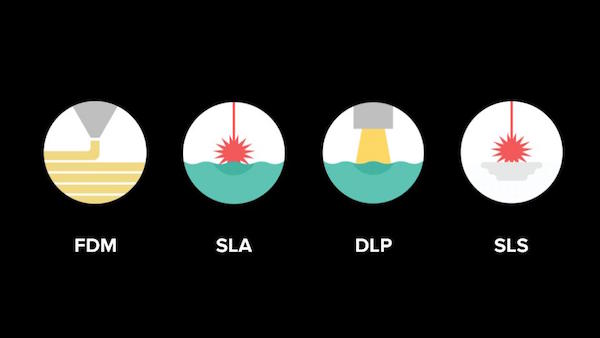
What Does FDM, DLP & SLA Stand For?
Most people have seen an FDM printer, that’s the one where the filament is on a roll gets heated up and squirted out to make your parts bit by bit. what about the new resin printer? how do they work? let’s compare them side-by-side. these days, the most common printers are known as FDM(use deposition modeling), also known as fused filament fabrication. the DLP printer stands for digital light processing printer. the SLA printers which stand for stereolithography apparatus. the functions of this printer are very similar to the DLP printer, we’ll expand on the differences later on.
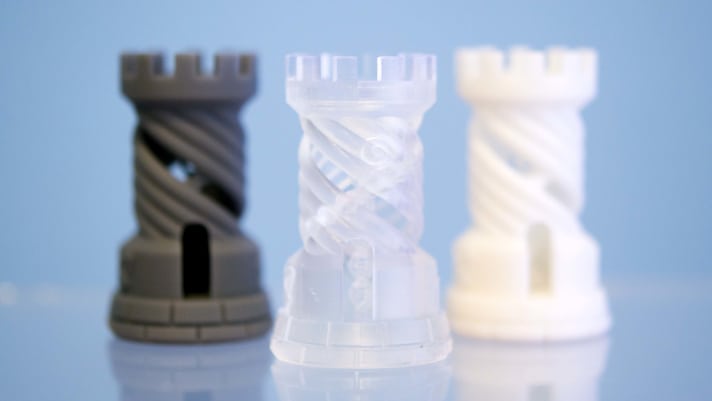
What Materials Do These Different 3D Printers Use?
FDM printers used plastic filament, which most of us are familiar with. there are two main types of filament – ABS, which is the same as Lego; MPLA, which is biodegradable. most of us are familiar with how these thermoplastics work, you can heat them, from them into whatever shape you like, and as they cool down, they retain the shape. this is the heart of injection molding and modern plastic manufacturing. DLP printers on the other hand use a photosensitive resin. this resin is bought into the machine as a liquid and then is hardened by using a UV light. most resins will eventually turn hard if you leave them out in the Sun, but generally, they’re safe to have the lid off inside a room.
How Are The Objects Forming By Using These Printers?
-1- FDM printers use an extruder to physically grip the filament and run it down towards the hot end, where it’s melted and squirted out a nozzle at controlled dosages. most of us will be familiar with how this works by using something like a hot glue gun, but the material comes in a solid stick is melted, squirt out the end, and eventually sets and hardens in the new shape. the slicing software of an FDM printer has to calculate just how much the plastic will squish and spread and distort as it cools as well. we often take all these calculations for granted every time we get to print.
-2- The way the resin works in DLP and SLA printers is completely different. generally, a vent holds all of the resinated for the print. uses an LCD screen to show up the correct pattern of each layer. a UV LED backlight trance from behind and gives the power needed to cure the resin. an SLA printer uses a laser and high-quality optics to bounce with a mirror the laser until the required part of the resin. therefore, instead of like a DLP printer, which can do the entire image in one go, it takes time for each layer to do all of the parts of an SLA print. at the end of each layer cure, the platform has to lift back up, that’s because the resin equally to the platform where you’re building your object as well as the thin film which separates the resin from the LCD screen. lifting, peeling or sliding sideways after each layer breaks the separation from the film and allows it to come back down and print the next layer. The FDM printer is much simpler. at the end of each layer, it simply lifts the desired layer high and goes on printing on top of the old layer.
How Do These Printers Motion?
1.FDM printers typically have at least four moving parts. in four stepper motors, one is needed for each axis, which means 1/4 x-axis, 1/4y-axis, 1/4 up and downward z-axis, and the last one to control the extruder.
2.DLP printers on the other hand generally only have one moving part and that’s the stepper motor required to lift the platform up and down on the z-axis. it makes no difference to the operation of a DLP printer how many objects are on the build plate, only the height. that’s because there’s no time difference between the screen flashing up one object or 20 on the same build plate.
3.SLA printer however takes a lot longer, because the laser has to be reflected to hit all of the individual objects. in that case, it’s slower like an FDM.
What Are The Differences In Preparations Before Start Printing?
Preparing your files for each of these is fairly similar. when they come into the slicing software, they will be divided into vertical layers along the z-axis and sliced up. for FDM printing, the aim is to always have a wide flat base and minimal overhangs. they give it a good anchor on the base to prevent it from coming loose and ruining the print. you can’t turn on support for overhangs, but it increases the time and filament required to a great extent. DLP and SLA are completely different. due to the suction forces of the printer on a stick, not only to the platform but to the thin film. models are generally positioned off the platform and on an angle. considering factors such as how the resin drains after the part is something you don’t need to think about when you’re planning for FDM. you also don’t need as much support structure, because the resin is supporting the weight of the object as it prints.
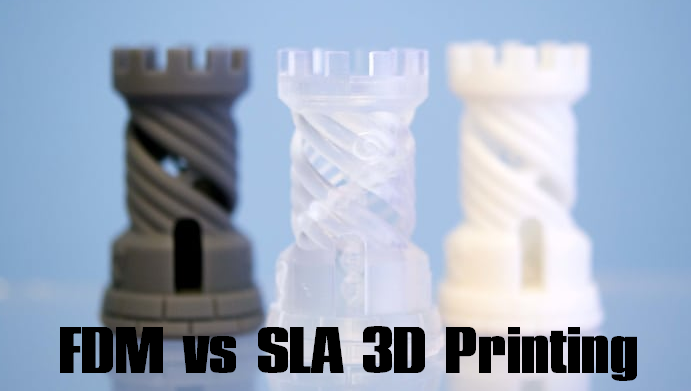 Filament vs Resin 3D Printer – Difference Between FDM and SLA 3D Printing | CNCLATHING
Filament vs Resin 3D Printer – Difference Between FDM and SLA 3D Printing | CNCLATHING
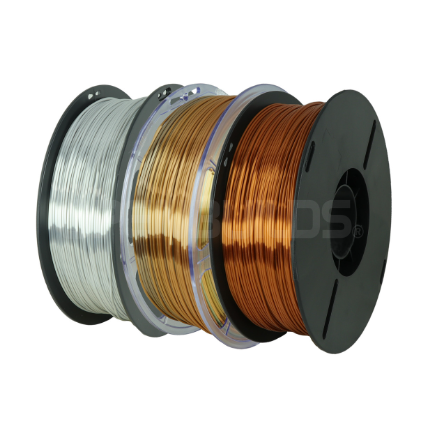 3D Printing Filament Types, Sizes, Colors & Speed
3D Printing Filament Types, Sizes, Colors & Speed
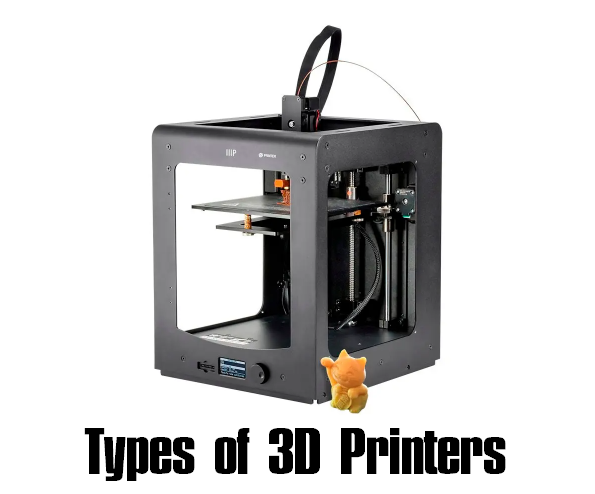 Different Types of 3D Printers – 3D Printing Technology and Machine Types | CNCLATHING
Different Types of 3D Printers – 3D Printing Technology and Machine Types | CNCLATHING
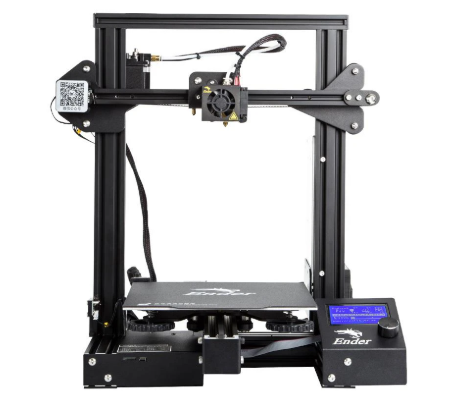 Top 5 Best 3D Printers 2021 – Best Budget, Beginner and Professional 3D Printer
Top 5 Best 3D Printers 2021 – Best Budget, Beginner and Professional 3D Printer
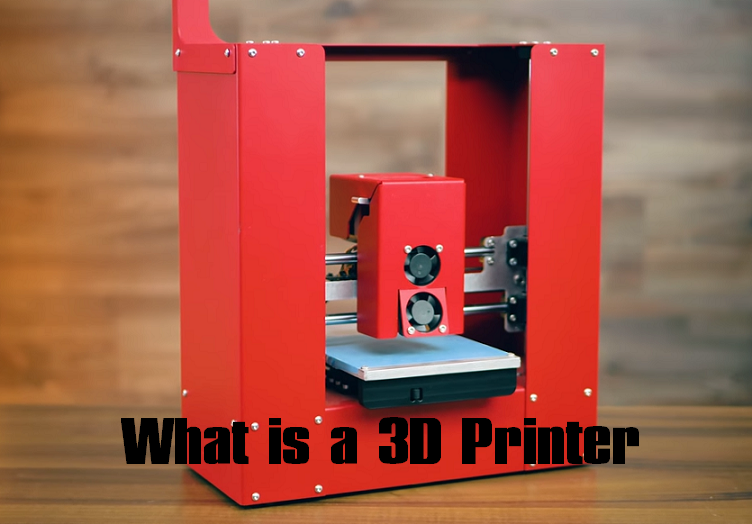 What is a 3D Printer & Main Parts of a 3D Printer – How Does a 3D Printer Work | CNCLATHING
What is a 3D Printer & Main Parts of a 3D Printer – How Does a 3D Printer Work | CNCLATHING
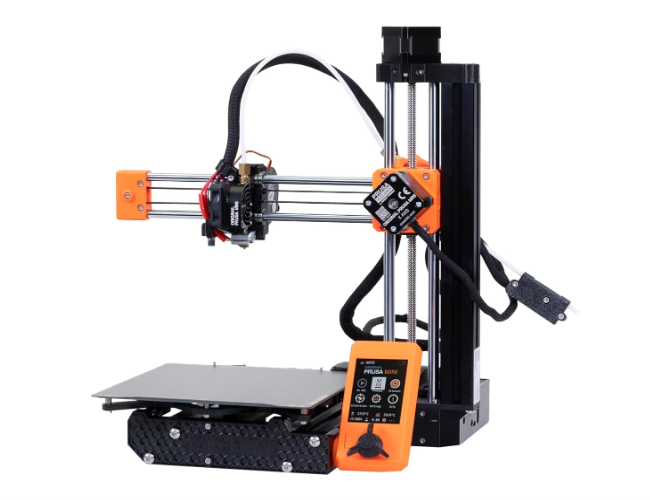 Best 3D Printer for Beginners – Easy & Budget 3D Printers Under $500
Best 3D Printer for Beginners – Easy & Budget 3D Printers Under $500
